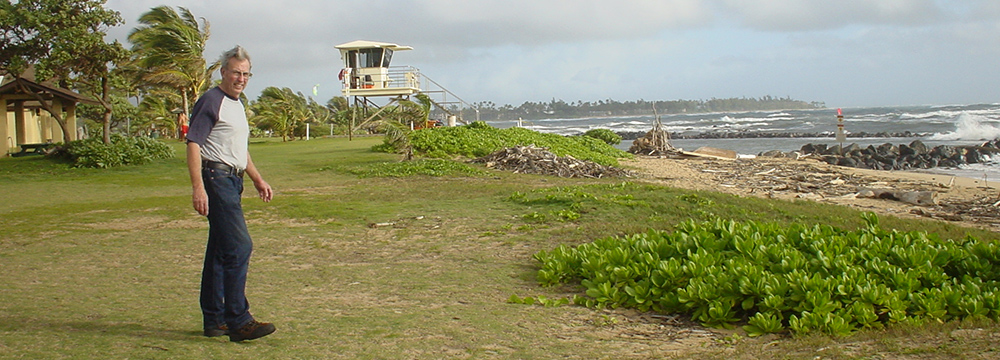GOSPEL MEDITATION # 239
The Gospel of Mark 16:9-20
The Long Endings of Mark
- Find a quiet place, alone and apart from distractions.
- Be comfortably alert, still and at peace.
- Say the Lord’s Prayer. Sing or cant the Jesus Prayer
4 Pray for family, friends, neighbors, and yourself.
- Slowly and carefully read the passage of Scripture.
- Reread it. From memory, determine the central points.
- Does Mark’s Gospel end at verse 8? The preponderance of manuscript evidence suggests that it did. Was a page lost? — Some say yes, others think one or more endings were added later on. There is no firm answer here.
- There is a long history that verses 9-20 describe some of the thinking of the early church. We turn now to these.
- Verses 9-11 have Mary Magdalene meeting Jesus and John 20:11 says outside the tomb. Mary then goes to the eleven, or more, to tell them and finds them mourning and weeping, only to have them not believe her. These verses have a “ring of truth” despite the lack of manuscript credential.
- Verses 12-13 describes Jesus appearing to two other disciples who have left Jerusalem, who then turn back and report they had seen Jesus. Again, the disciples reject it. This is likely Jesus meeting two disciple on the road to Emmaus, see Luke 24:13-35. Here again is the “ring of truth” despite the lack of manuscript credential.
- Verses 14-20 reports on the appearance of Jesus to the eleven who have recovered enough to be having a meal. He launches into a sharp rebuke of them for their lack of faith.
- Verse 15 has a version of the Great Commission and is vintage Jesus. Follows then is a list of signs and wonders that accompany the mission work–some of which seem incredible. Yet, there is that “ring of truth.”
- Last the ascension, standard, and a report of what followed.
